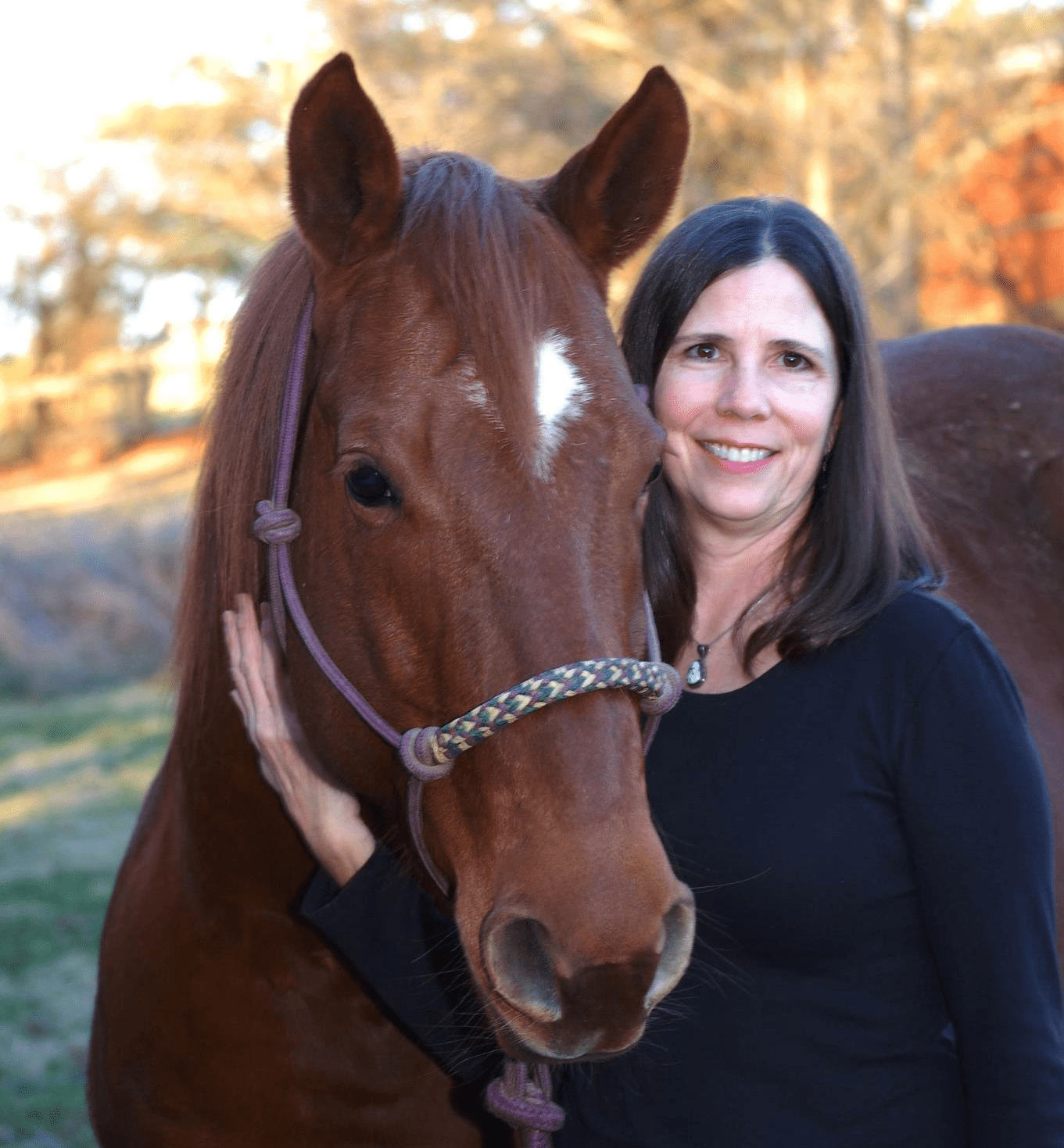Behind the Reproductive Loss Survey Numbers
This survey was to identify risk factors, not causes, emphasized Roberta Dwyer, DVM, MS, Dipl. ACVPM, of the University of Kentucky’s Gluck Equine Research Center. Dwyer led the team that surveyed 133 Central Kentucky farms. Some farms were”P>This survey was to identify risk factors, not causes, emphasized Roberta Dwyer, DVM, MS, Dipl. ACVPM, of the University of Kentucky’s Gluck Equine Research Center. Dwyer led the team that surveyed 133 Central Kentucky farms. Some farms w”>This survey was to identify risk factors, not causes, emphasized Roberta Dwyer, DVM, MS, Dipl. ACVPM, of the University of Kentucky’s Gluck Equine Research Center. Dwyer led the team that surveyed 133 Central Kentucky farms. Some farms”This survey was to identify risk factors, not causes, emphasized Roberta Dwyer, DVM, MS, Dipl. ACVPM, of the University of Kentucky’s Gluck Equine Research Center. Dwyer led the team that surveyed 133 Central Kentucky farms. Some farm”This survey was to identify risk factors, not causes, emphasized Roberta Dwyer, DVM, MS, Dipl. ACVPM, of the University of Kentucky’s Gluck Equine Research Center. Dwyer led the team that surveyed 133 Central Kentucky farms. Some farm”his survey was to identify risk factors, not causes, emphasized Roberta Dwyer, DVM, MS, Dipl. ACVPM, of the University of Kentucky’s Gluck Equine Research Center. Dwyer led the tea”is survey was to identify risk factors, not causes, emphasized Roberta Dwyer, DVM, MS, Dipl. ACVPM, of the University of Kentuc”s survey was to identify risk factors, not causes, emphasized Roberta Dwyer” survey was to identify r
Create a free account with TheHorse.com to view this content.
TheHorse.com is home to thousands of free articles about horse health care. In order to access some of our exclusive free content, you must be signed into TheHorse.com.
Start your free account today!
Already have an account?
and continue reading.

Related Articles
Stay on top of the most recent Horse Health news with


















